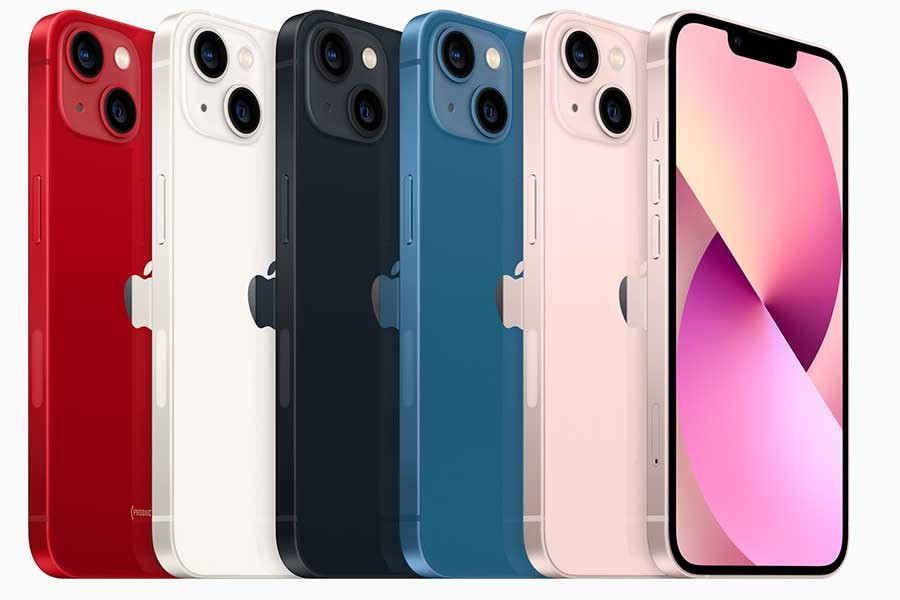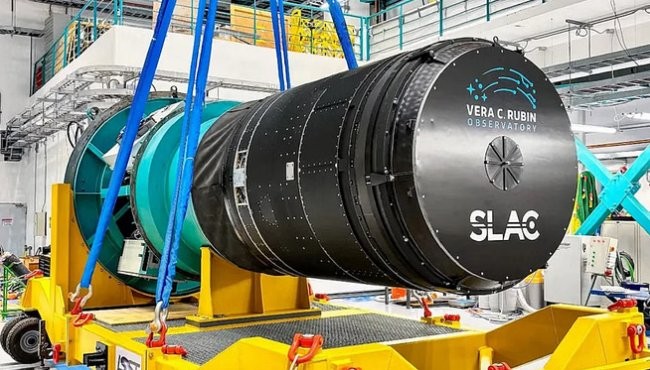News Updates

Design and Display
iPhone 13 comes with the same flat edge design that Apple offered in last year’s iPhones. The frame makes use of aluminium while the corners are rounded. Similarly, the notch on the front is also smaller this time. Moving on, there is not much to talk about the display. This 6.1-inch Super Retina XDR OLED screen is brighter while retaining all the features of its predecessor. Still, it would have been better had Apple included 120Hz ProMotion on the non-Pro iPhone 13s too.
Moving on, the phone has an IP68 rating against dust and water damage. It is offered in five color options: (PRODUCT)RED, Starlight, Midnight, Blue, and Pink.
Performance and Memory: Like the rest of the entries in this lineup, the standard iPhone 13 is powered by the A15 Bionic chipset as well. Apple’s latest mobile silicon is based on TSMC’s 5nm process node and packs 15 billion transistors. Still, the iPhone 13 is not as powerful as its Pro siblings. Here, Apple has included a 6-core CPU and a 4-core GPU—contrary to 5-core GPU on the iPhone 13 Pro and Pro Max.
Camera: At the back, Apple has redesigned the camera bump, where the camera sensors are placed diagonally instead. While the ultra-wide camera has remained unchanged, the primary camera gets a couple of changes. To start with, it comes with a bigger sensor that can capture 47% more light compared to last year. It’s the same one that was used in last year’s Pro models. Similarly, sensor-shift Optical Image Stabilization (OIS) is now on the vanilla iPhone as well.
Rest of the specs: iPhone 13 also brings a bigger battery. Apple claims that the new 3,240mAh cell on iPhone 13 and can last 2 hours more on offline video playback than iPhone 12. The charging speed is the same as last year though.
It supports 20W wired, 15W MagSafe Wireless, and 7.5W Qi Wireless charging. However, you will have to buy the charger separately as Apple doesn’t include one on the box.
iPhone 13 Specifications:
Dimension: 146.7 x 71.5 x 7.65mm, 174 grams
Display: 6.1-inch (2532 × 1170 pixels) OLED, 460 PPI, Super Retina XDR
Chipset: Six-core A15 Bionic 64-bit processor, 16-core Neural Engine
Storage: 128/256/512GB
Operating System: iOS 15
SIM: Dual SIM (nano + eSIM), dual eSIM support
Back Camera: Dual:
– 12MP wide-angle f/1.6 primary camera, 7-elements lens, sensor-shift OIS, True Tone flash with Slow Sync, 4K Dolby Vision video recording at 60 fps,
– 12MP 120° ultra-wide f/2.4 camera, 5-elements lens
Front Camera: 12MP front camera with f/2.2 aperture, 1080p video recording, Retina Flash, Dolby Vision HDR recording up to 30 fps, 4K video recording at 60 fps, Slo‑mo 1080p at 120 fps
Security: TrueDepth camera for FaceID facial recognition
Connectivity: 5G (sub-6GHz and mmWave), Gigabit LTE with 4×4 MIMO and LAA, 802.11ax Wi‑Fi 6 with 2×2 MIMO, Bluetooth 5.0, NFC, GPS with GLONASS, GLONASS, Galileo, QZSS, and Beidou
Other features: Water and dust resistance (IP68), Stereo speakers
Battery: 3,240mAh, 20W fast charging, 7.5W Qi Wireless Charging, 15W MagSafe Wireless Charger (No adapter included in the box)















